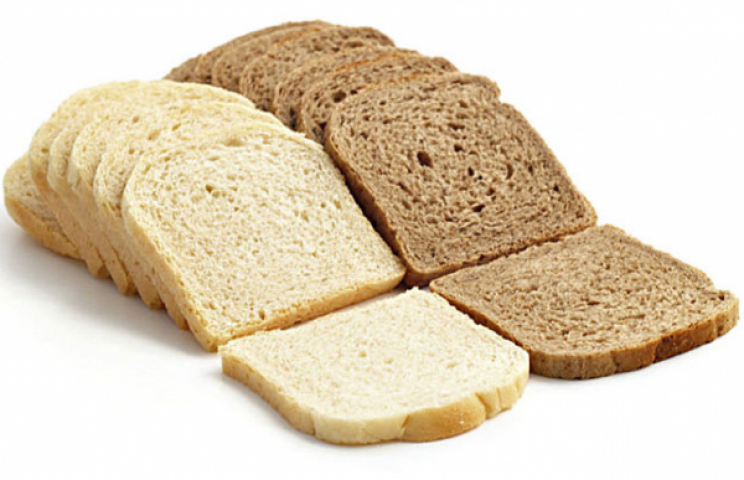
To make white bread, food manufacturers remove the bran and wheat germ from wheat flour, and bleach it white using potassium bromate, benzoyl peroxide or chlorine dioxide gas. The question of which bread, white or brown, is healthier, depends on a variety of factors that are important to understand when you shop.
White bread vs brown bread nutrition
Whole wheat brown bread has a “nutritional advantage” over white bread. Brown breads made from whole wheat usually contain more fiber than white bread, as well as greater amounts of nutrients such as vitamins B6 and E. White bread usually contains more calcium than brown bread. However, many manufacturers now fortify brown bread with calcium.
A note of caution to white bread buyers
While manufacturing white bread, the manufacturers remove the bran and wheat germ from wheat flour and then bleach it white with compounds such as potassium bromate, benzoyl peroxide and chlorine dioxide gas. When inhaled, swallowed and absorbed in large doses, these compounds can cause a lot of health problems.
A note of caution to brown bread buyers
Brown bread doesn’t automatically translate to mean 100 percent whole wheat bread. To make sure that you are buying the most nutritious bread, look at the first ingredient listed, it should be either whole wheat flour or not wheat flour.
Bread Buying Rule of Thumb
To ensure the maximum nutrition and minimal additives, look for the bread product that contains the fewest number of ingredients. This, together with the presence of whole wheat or whole meal flour, is a sign that you are buying the healthiest bread available.
Try these healthy tips for a 'Lovely Hair'
Add these 'Prebiotic Foods' to your diet and get amazing results
Headache? These remedies may help you to get relief